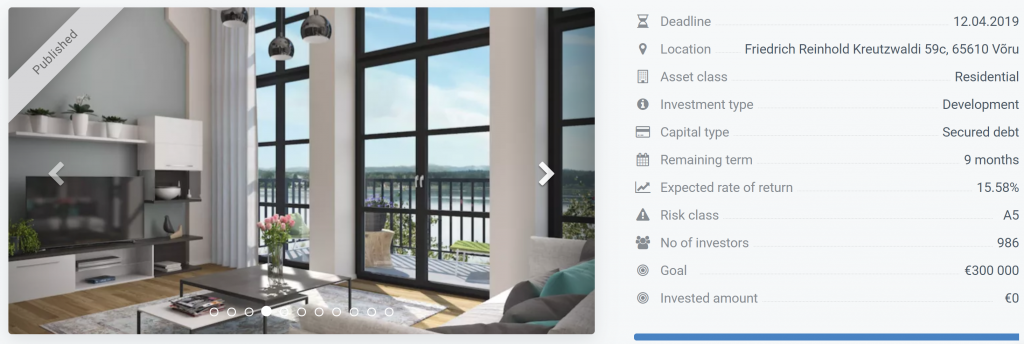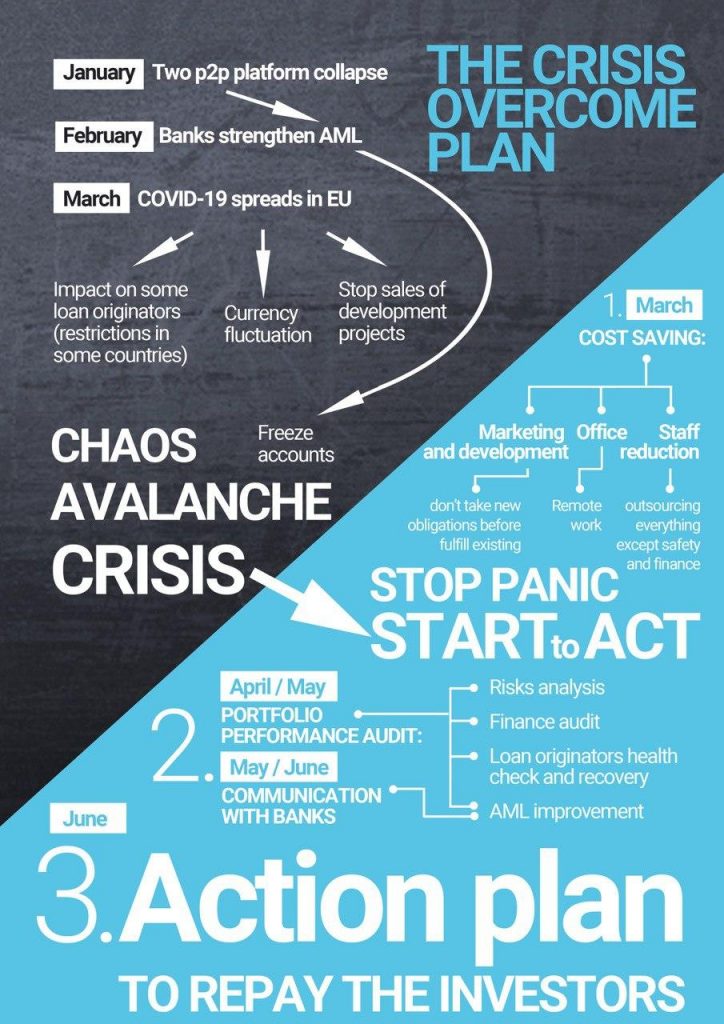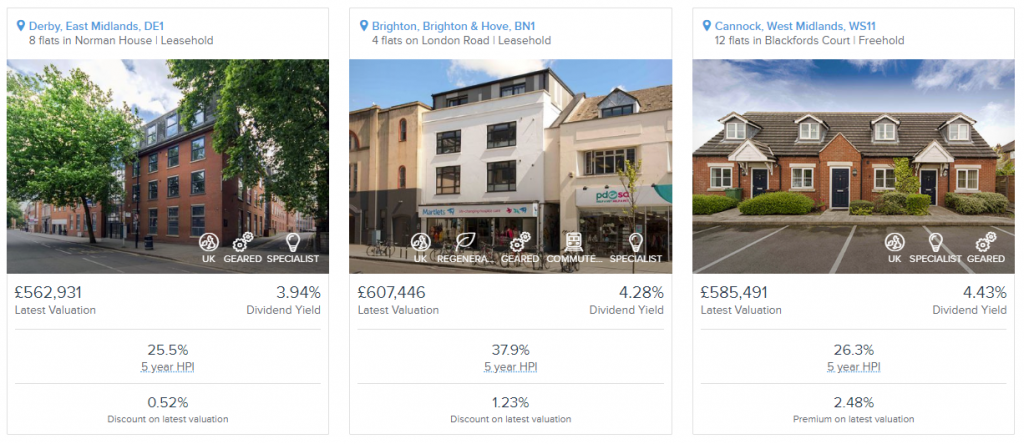About it
If you have never heard of litigation funding, that is because it is not as mainstream as other types of funding even though it has been around for decades. As you can tell from the name, this type of funding is designed to provide capital to cover the usually expensive costs of litigation. Access to justice, especially for low-income individuals, is challenging and from these challenges, entrepreneurs are seeing an opportunity to help bridge the gap.
What is Litigation Funding?
Also known as litigation crowdfunding, litigation financing, litigation lending, or litigation investing, litigation funding describes the process by which capital is provided by a third-party or a “litigation funder” to a plaintiff in litigation, in exchange for a portion of what the plaintiff recovers. A litigation funder obtains a portion of the proceeds of the claim only if the result is favorable or in case of a settlement. Also, the litigation funder may not have recourse to recover funds beyond the recovered funds.
The funds provided by the funder can be used to pay the costs of litigation that may include expert witness fees, attorney’s fees, and court expenses. Sometimes litigation lending can be used to finance companies involved in litigation with working capital or enable business owners to meet their personal expenses.
For so long, legal claims have been one of the most illiquid assets, but with litigation crowdfunding, this once-illiquid asset is being unlocked by offering funds to plaintiffs before their cases are determined.
Litigation financing has been around for at least 20 years but until recently, most people knew nothing about it. Today, this type of investment is becoming more popular and common as it not only provides investors with steady streams of cash but helps everyone access justice without worrying about capital.

How it Works
This type of funding works in a pretty straightforward and simple way. The first step is for a plaintiff to apply for funding to a litigation platform. The application is reviewed and if there is a need for additional documentation or materials, he will be asked to provide them. The case and its associated risks will then be discussed with an attorney of the plaintiff.
For investors, the process is equally simple. You can get a piece of a legal settlement without even being part of the lawsuit. According to experts, this market is poised to explode as many people are starting to discover this small yet largely unknown investment opportunity. Also, it is expected that the demand from law firms and plaintiffs in search of capital could surge as Covid-related economic fallout may lead to more lawsuits, something that is quite common in recessions.
Basically, the platforms that provide litigation lending comprise a team of lawyers, who can study a case as well as its chance of success, and investment professionals who are tasked with handling the finance part of the deal.
Commercial cases are the most popular among investors. It includes providing cash to an organization suing another company for something like a breach of contract or patent infringement.
In addition to providing funds for things like their attorneys and key witnesses, the funds could also be sent directly to a law firm, which is then spread among different cases. Most of these law firms work on a partial contingency basis, meaning they charge the client a low rate and then take a piece of any awarded financial settlement.
Types of Investments
There are different options for investors looking to get into legal crowdfunding. Some of the most popular types of investments include the following:
Pre-settlement funding
This type of funding essentially involves providing a cash advance for a predicted settlement of a personal injury lawsuit. It is offered on a non-recourse basis, meaning that if the ruling is unfavorable, the plaintiff will not have to repay the capital back to the litigation funder. While this may seem like a huge risk to take as an investor, litigation lending platforms tend to carefully vet this type of request so that to ensure that the case will be worn.
In most cases, investors can participate and fund pre-settlement portfolios that are secured by well-diversified portfolios or just single cases.
Strategic capital
In this type of litigation funding, investors provide finance to help law companies fund their advertising campaigns. These major ad campaigns can be aimed at attracting plaintiffs to use the law firm’s services to boost their revenues. An example of such like campaigns include a law firm running an ad on TV or social media informing consumers of a malfunctioning car or a harmful drug and encourage them to get in touch with the law form if they have been injured and want to bring a lawsuit against the company responsible.
The law firm can project how many cases they can generate per single ad campaign and establish a cost per case. This information is vetted by the litigation crowdfunding platform before approving a finance request.
Leveraged buyouts
Leveraged buyouts of portfolios or law firms are litigation financing used when a law firm is up for sale. This might happen for a number of reasons, including due to the death of a partner, insufficient capital, and an end to a partnership, and so on.
Post-settlement financing
This type of financing comes to play when a plaintiff is still waiting for the settlement after the case has been settled. These funds are often used by the plaintiff to cover the costs of living expenses as they wait for the settlement money. There is usually less risk associated with post-settlement financing since the funds are already finalized and are only awaiting distribution.
Moreover, investors must also face the inconvenience risks and some uncertainty, though can rest easy knowing has already been settled.
European Market
Litigation lending has been practiced in Europe for many years and is in fact where it originated. It was once used for one-to-one commercial claims in 1998 in German and since then, this method of litigation funding has been adopted widely in the UK and other European countries. The United Kingdom is considered the single largest market for litigation lending in the continent.
Nevertheless, the European litigation market still lags behind against North American market. According to research by Deminor, the investment potential in continental Europe is estimated to be at $1.5 billion yearly, which pales in comparison with the North American market at $10.1 billion.
However, the actual invested amount is still unknown since many countries in Europe do not publish their annual commitments or distributions of cash in litigation financing. The investment potential provides a general idea of the potential amount that can be invested in litigation lending based on the current projected legal market size as well as acceptance of this type of investment by the investors.
The market has the potential to grow in the near future due to the increase in penetration rate, which at the moment, stands at 5% in the continent, and which is projected to increase up to 10% by 2025.
According to a study, the main drivers of the growth in the litigation market in Europe include the promotion of litigation funding investment by the funding platforms, the discovery of litigation crowdlending as an uncorrelated asset class by both retail and institutional investors, and the increasing focus on the working capital coupled with the growing acceptance of litigation as a means to de-risk their balance sheet.
Litigation lending is issued for a number of reasons in Europe, but the most common claims are IP claims, arbitration claims, insolvency practitioners’ claims, collective consumer claims, investment recovery and anti-trust claims, and many more.
While the European litigation market appears liberal, there are some pitfalls that investors must be aware of before investing in any litigation funding in the continent. Litigation lending contracts in European countries are considered contracts ‘sui generis’ and are ruled by the foundation of freedom of contract. The general rule governing these types of contracts is, ‘what is not prohibited is allowed’. Moreover, litigation crowdlending is also not regulated, and thus platforms are not subjected to any specified rules of professional conduct.

Benefits of Litigation Funding for Investors
With the current pandemic still paralyzing the world’s economy, many financial instruments are have been subjected to economic downturns and events caused by the coronavirus. However, funds in litigation financing enjoy comparative independence from the effects of the pandemic and lockdowns. Savvy investors are recognizing the advantages of these non-correlated investment opportunities. Some of these benefits include:
Non-correlated Investment
Litigation funding is not only a non-correlated investment opportunity, it also features high returns compared to real estate, stock market, and other types of correlated investments. Cases assets that are underwritten by the litigation funding platforms are largely unaffected by any major event or economic downturn.
It is this disconnection from the conventional market that makes litigation finance an attractive investment option for investors.
Besides being un-correlated, this financial product also has some of the highest interest rates over a shorter period of time compared to traditional investments. Statistically, litigation lending outperforms government bonds, S&P 500 stocks real estate investment trusts, and mutual funds.
Portfolio diversification
Another benefit of litigation funding is diversification. Investors can diversify their portfolios, thus reducing risks and increasing returns. This investment also has huge potential to generate income for investors, both equity payments after the settlement or case resolution and fixed regular returns.
Chance to make a social impact
Investors like the idea of making tangible social change in society with strategic investment in litigation funds that generates steady financial returns. Investment in litigation lending offer opportunities for people to positively influence the power structure of legal disputes within the virtuous precincts of the law.
Secondary market
Litigation funds are not illiquid assets. Since there are many other investors buying the asset, it is easy to liquidate your portfolio as an investor. This means that you can sell a stake in a case you are funding to another investor. This provides you with relief, which you need particularly if the case has a chance of going on for too long.

Risks
Though litigation funding has numerous benefits, it is also prone to risks that can impact investors’ earnings. Litigation investment offers generally on a ‘non-recourse’ basis, meaning that if the case is lost in court, the investor will not recover anything. The plaintiff will not repay the funds.
Therefore, just like many investments, as an investor, you stand to lose all of your money. This scenario is double jeopardy because, in addition to the risk of losing your investment, you can also be forced to pay the costs of the successful opponent, if the plaintiff lacks enough funds to cover these costs.
While you are not a party to the litigation process, courts in England and Wales have the authority to make “Non party costs orders.”
However, you can avoid some of these risks by observing the kind of platform that offers litigation investment. Most investments are provided through an SPV limited company, which protects the investor from being a stakeholder in the firm investing in litigation. However, caution should still be observed because courts can still exercise ‘piercing of the veil’ and allocate some of the liability to stakeholders and directors of the company.
Many countries restrict litigation funding, thus investors have to contend with the European or North American market.
Takeaways
Despite the small market size, litigation crowdlending is here to stay. The global market of the sector is expected to hit double digits in the next five years. Many funds have so far been set up to take advantage of this precious opportunity. As a result, even with all the bottlenecks, the market of litigation funding is expected to explode.
Start investing in litigation funding
Given the large number of platforms available, you probably want to settle with a verified and reviewed one. If you want to invest in businesses via business P2P lending platforms, the following investment platforms may be your best choice:

|









